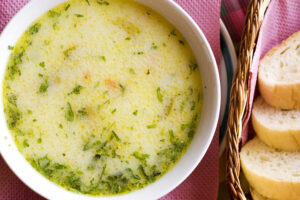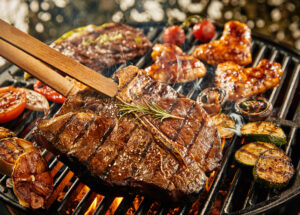Mexico, a vibrant and diverse country, offers a plethora of experiences for the enthusiastic traveler. From its stunning landscapes to its rich cultural heritage and culinary delights, a trip to Mexico can be an unforgettable adventure. To ensure a fulfilling experience, here are some travel tips to help make the most of your journey.
Check Currency Exchange Rates
One of the first steps in planning a trip to Mexico is figuring out the current currency exchange rates. The Mexican Peso (MXN) is the local currency, and understanding its value against your home currency is crucial for budgeting. It’s advisable to check the rates through reliable sources. Such as trusted online services or at local banks so you can compare them to get the best deal. Carrying some local currency is essential for small expenses where credit cards might not be accepted, such as in local markets or with street vendors. However, be cautious about exchanging money at the airport or tourist spots as they may have higher rates. Also, notifying your bank about your travel plans can prevent any surprise freezes on your card, ensuring a smooth financial experience during your trip.
Find Local Food
Exploring local food is an integral part of the travel experience in Mexico. The country is renowned for its diverse and flavorful cuisine, offering a culinary journey that extends far beyond the usual tacos and burritos. Coastal towns in Mexico are full of great restaurants, including ones that serve fresh seafood. These local eateries provide a chance to taste authentic dishes like ceviche, fish tacos, and various seafood stews. Inland, the cuisine varies significantly, with each region showcasing its unique flavors and ingredients. Street food is a must-try in Mexico, offering delicious and affordable options. Look out for local markets and food tours, which can guide you to some hidden culinary gems. Remember, trying local food is not just about eating; it’s about experiencing the culture and history of the place.
Learn How to Get Around
Navigating transportation in Mexico is key to exploring its diverse regions. Renting a car can be a good option if you’re comfortable with local driving conditions and want the freedom to explore at your own pace. However, Mexico also has an extensive bus network that connects most towns and cities, offering a reliable and affordable way to travel. For longer distances, domestic flights can save time. In cities, taxis and rideshare apps like Uber are convenient, though it’s important to be aware of the rates and the routes to avoid overcharges. When traveling by public transport, be mindful of safety and keep your belongings secure. Learning a few basic phrases in Spanish or carrying a translation app can significantly enhance your travel experience, making it easier to navigate and interact with locals.
Embarking on a trip to Mexico is an adventure filled with potential discoveries and experiences. By being financially savvy, indulging in the local culinary scene, and understanding the transportation options, you can immerse yourself fully in what Mexico has to offer. Each moment spent exploring the rich tapestry of its landscapes, flavors, and people is an opportunity to create lasting memories.
Did you enjoy reading this article? Here’s more to read: Where to Travel for the Best Food in Latin America



